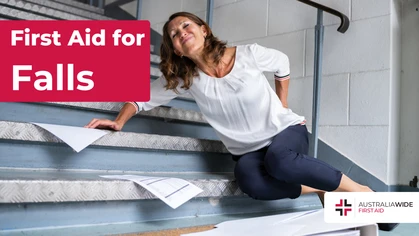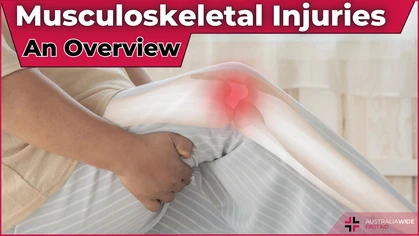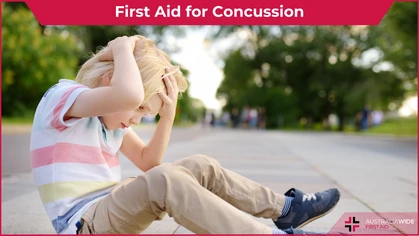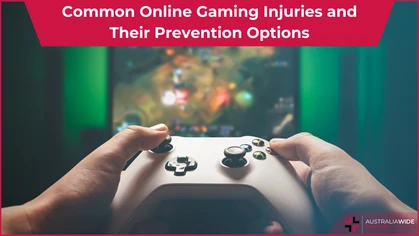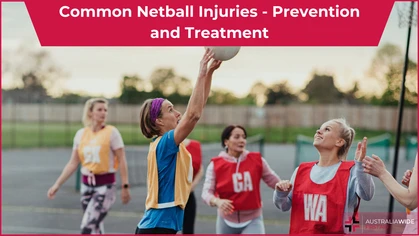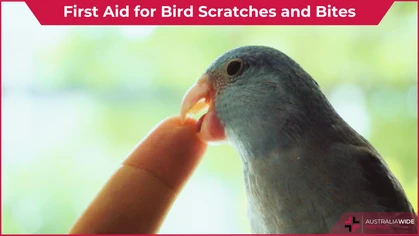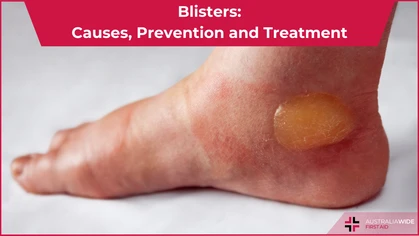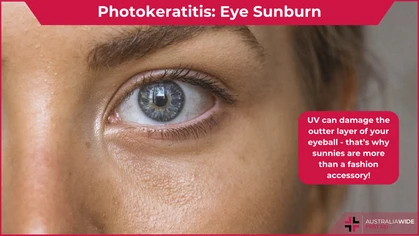Domestic Violence First Aid

Injury
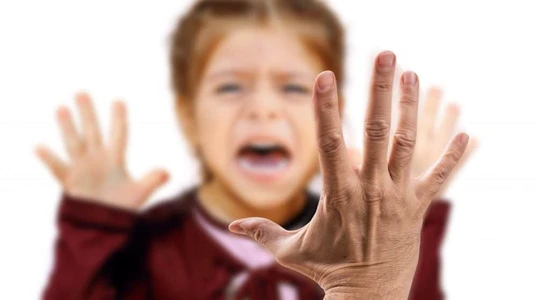
Domestic violence First Aid
Coronavirus restrictions have seen a doubling of emergency treatment at Melbourne hospitals for episodes of family violence, according to ABC News. Domestic violence First Aid has never been more important. But it needs to be approached with caution. As a provider of essential services — in the form of First Aid courses in Melbourne — Australia Wide First Aid is keen to promote safe First Aid in situations involving family violence.What to do as a first responder
If you are a first responder at the scene of domestic violence, your own personal safety can be in jeopardy when you try to provide First Aid to the victim. Your First Aid mantra should always be DRSABCD.- Danger – be alert to any potential threats
- Response – seek response from the injured person
- Send for help – call emergency services
- Airway – make sure the person’s airway is unobstructed
- Breathing – monitor the person’s breathing
- Cardiopulmonary resuscitation (CPR) – if breathing stops, try to resuscitate
- Defibrillation – restarting the heart may require a defibrillator
Danger
Assess the scene for broken glass, overturned furniture, or sharp objects — anything that could endanger you, the victim, or bystanders, while you are trying to deliver medical assistance. It is crucial too, that the perpetrator of the violence is not present while you’re providing First Aid. Both you and the victim would otherwise be in harm’s way should the perpetrator have another violent turn. You will be in a position to safely assist the victim when there are no potential hazards.Response
Assess whether the victim is conscious and responsive by asking them:- Can you hear me?
- Open your eyes
- What’s your name?
- Squeeze my hand
Send for help
Call emergency services — an ambulance for paramedic assistance and report the assault to the police.Airway
The victim may be unconscious or having trouble breathing. Check to see whether their airways are clear. If not, roll the person onto their side carefully, so their spine, neck and head are aligned. Then clear out the contents of their mouth.Breathing
Look for chest movements, feel the lower part of their chest, to assess whether the victim is breathing. Listen closely at their nose and mouth. Assuming they are breathing, continue to monitor their breathing until paramedics arrive.Cardiopulmonary resuscitation (CPR)
If the victim is unconscious and not breathing, perform CPR. Roll the victim onto their back, place the heel of one hand on the centre of their chest with your other hand on top. Press your hands down firmly to a third of the depth of their chest and release. Repeat 30 times, then pinch their nose and place your mouth over theirs, before administering 2 breaths. Continue with 30 compressions and 2 breaths until the victim responds or paramedics arrive to take over. If you’re uncomfortable about the risk of infection, do not apply the breaths.Defibrillator
When the paramedics arrive, they will decide if the use of an automated external defibrillator (AED) is going to be necessary. This DRSABCD strategy is focused on basic life support. If the body is deprived of oxygen or the heart stops pumping, death follows quickly. People who have no First Aid training might be afraid to move an injured person, believing that spinal injury could result. However, spinal injury doesn’t mean certain death… unlike lack of air. Once DRSABCD has been followed, heavy bleeding can be addressed. A tourniquet can be applied to an affected limb to stem blood loss. A wound may need to be stuffed with a clean dressing or, if none is handy, clothing. If a knife or other object is embedded in the wound, apply pressure with pads on the sides of the wound and bandage around the object… do not remove it.What to do for Head, Neck or Spinal Injury
DRSABCD takes precedence and is the most compelling reason to move an injured person. Otherwise, if you suspect they have a head, neck or spinal injury, try not move them — further damage could result. Place the person in the recovery position and support their head and neck until medical assistance arrives.What to do for Broken Bones
For broken bones, place a padded splint on the injured limb. Then secure it in place by wrapping bandages above the break and below it, so the victim is unable to move it and cause further injury. Keep checking the bandages to make sure the person’s blood circulation is not being cut off.Summing up
DRSABCD is a vital action plan when providing First Aid… especially domestic violence First Aid. You can also provide invaluable assistance by helping to keep the victim calm, reassuring them that they are safe — they will most likely be in a heightened emotional state. We also recommend undertaking a First Aid course in Melbourne through Australia Wide First Aid. Our streamlined method of instruction and expert first aid assessors will equip you with the skills to efficiently deliver assistance during all types of medical emergencies. Australia Wide First Aid provides First Aid and CPR courses for both private and business needs.
Originally published at
https://www.australiawidefirstaid.com.au/resources/domestic-violence-first-aid
as part of the Australia Wide First Aid Articles Library
